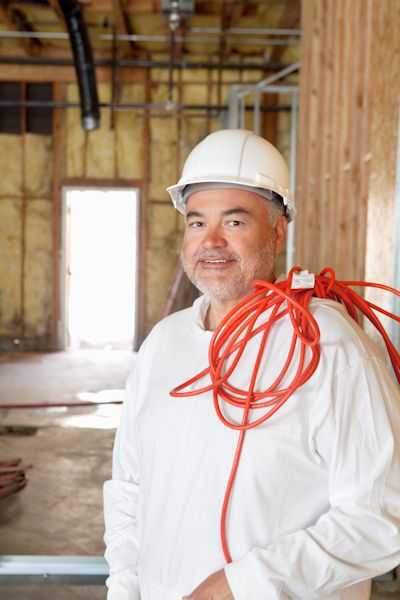Grounding
The term "ground" refers to a conductive body, usually the earth. "Grounding" a tool or electrical system means intentionally creating a low-resistance path to the earth. When properly done, current from a short or from lightning follows this path, thus preventing the buildup of voltages that would otherwise result in electrical shock, injury and even death.

Under certain conditions, even a small amount of electric current can result in heart fibrillation and death. An electric shock also can cause the user to fall off a ladder or other elevated work surface and be injured due to the fall.
To protect the worker from shock and burns at work, make sure electrical powered tools have a three-wire cord with a ground. They must also be:
- plugged into a grounded receptacle
- double insulated
- powered by a low-voltage isolation transformer
Three-wire cords contain two current-carrying conductors and a grounding conductor. Any time an adapter is used to accommodate a two-hole receptacle, the adapter wire must be attached to a known ground. The third prong must never be removed from the plug. OSHA cites this violation most often because they see it most often.
Knowledge Check Choose the best answer for the question.
2-6. What power cord violation is most often cited by OSHA compliance officers on construction worksites?
You forgot to answer the question!
